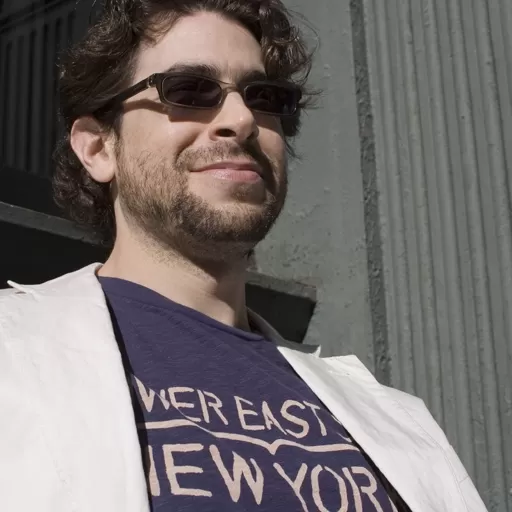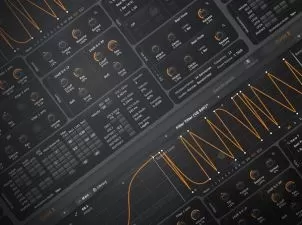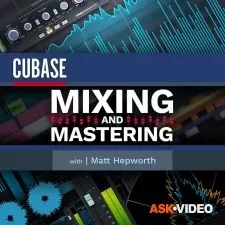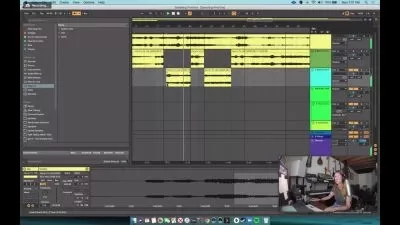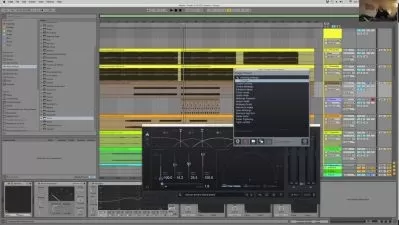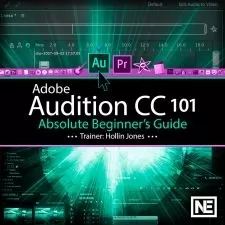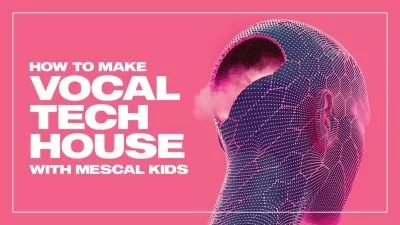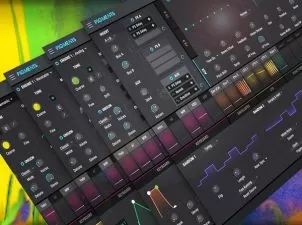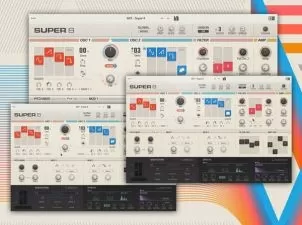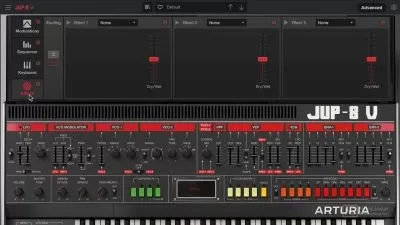CODING FOR MUSICIANS 101 Web Audio Explored
Gregg Fine
1:37:01
Description
The Web Audio API lets you create and synthesize audio right in your web browser. Explore the world of coding using the JavaScript language in this made-for-musicians course, by coder and musician Gregg Fine!
More details
If you have little or no coding experience, the Web Audio API (Application Programming Interface) may look like rocket science to you, but don't worry. Besides being an amazing multi-instrumentalist, Gregg Fine is also an excellent coder and teacher. (If you've watched his Music Theory courses you know exactly what we mean.) In this introductory course, he will show you step-by-step the rudimentary of coding with the Web Audio API.
Gregg starts by defining exactly what is the Web Audio API and what you can do with it. You learn how to access the dev tools in your browser of choice and how to install your code editor, the free open source Visual Studio Code editor. You then learn about the three main technologies used in web development: HTML, CSS and JavaScript.
Next, you are introduced to the Web Audio API's AudioContext object, you learn important web terminology, and you start to experiment with some JavaScript code. You then discover how to create an oscillator and connect it to a destination, and trigger it with a button. Gregg shows you how to tweak your code to adjust the volume, waveform and frequency of your sound. Finally, you learn how to create a filter to manipulate your synthesizer sound and how to trigger the sound with a keyboard.
So join coder, musician and trainer Gregg Fine in this Coding For Musicians course, and start coding with the Web Audio API!
User Reviews
Rating
Gregg Fine
Instructor's CoursesGregg got a call from the management of Calypso legend Harry Belafonte and worked with Harry over the course of the next five years. Together with a highly experienced and multi-cultural band, Gregg and Harry traveled extensively throughout the United States, Canada, the Caribbean Islands, and Europe.
Upon his return to the BIg Apple, Gregg decided to focus on recording work and founded Onda Productions with two partners, where he became Head of Music Production. The company created commercials for many of the major advertising agencies in Manhattan including JWT, Ogilvy and Mather, DDB, BBDO, Deutsch, Grey, and Chiat Day. They produced original music for brands such as Old Navy, Pantene, Puma, Ford, Honda, Covergirl, Cotton Inc., Joe Boxer, and Mennen. As their business grew they extended their creative reach to compose for video games, fashion shows, films, records, and websites.
Gregg left Onda to create his own commercial music production company, Hidden Tiger Music. He currently creates spots for Mercedes, Lipton, YSL, Nescafe, McDonalds, Ford, and many others, often working in collaboration with many of New York’s most prestigious music houses.
Gregg's music can also be heard on television shows, major motion pictures, and websites including Anthony Bourdain's No Reservations, Masters of Reception, Zoolander, Rick, Accepted, MTV's Gamekillers and "Jones New York.” Gregg is the composer of the theme for 'The Chew', seen nationally on ABC, 5 days a week. You can follow Gregg's current work at hiddentigermusic.com

AskVideo
View courses AskVideo- language english
- Training sessions 23
- duration 1:37:01
- Release Date 2023/09/16





